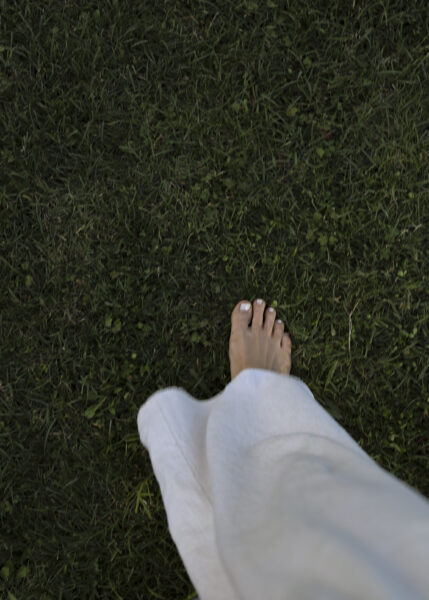Good enough to eat

Have you ever heard someone use the phrase, “looks good enough to eat”? A well-worn platitude of doting grandmas, it’s easy to dismiss as a banal cliché. But not so fast! The phrase actually reveals something interesting about how we engage with things we find beautiful.
Recently a dear reader sent me a link to the work of Adam Nathaniel Furman, who has been a Designer in Residence at the Design Museum in London this past year. I haven’t made up my mind about the work yet, but I was struck by Furman’s words in a post on his project Identity Parade. He writes:
As far as I’m concerned there’s no point in making anything that won’t make you want to eat it just by looking at it. Beauty is great and everything, but I don’t think that anything can beat something that is totally irresistible, stuff that is so completely luscious you just want to shove as much of it in your mouth as you possibly can, or lick it like mad like it’s a huge, ice cold, five scoop strawberry ice bonanza.
Furman’s exuberant statement of intent challenges a detached, intellectual notion of beauty. For him, it’s all about the body, and a desire so deep it is essentially indistinguishable from hunger. And that is what it means to say an object “looks good enough to eat” — it is an expression of the primal connection between nourishment and aesthetic appeal.
After all, we eat first with our eyes. If we didn’t, we likely wouldn’t eat at all. While we may use all our senses in the enjoyment of food, the procurement of food is visual. We don’t hear fruit ripening, and we can’t touch it or taste it until we’ve gotten close to it. For our ancestors, the visual sense was first and foremost in scanning, finding, and determining the edible status of food. Things had to look good enough to eat before they could be eaten.
Our appreciation of beauty builds on these appetitive systems. As Paul Bloom points out in How Pleasure Works, the pleasure we take in art for its own sake travels down pathways that were etched for more primitive purposes: nourishment, mating, survival.

When we flatter ourselves highly evolved beings, we like to separate our joys from those of animals. This often leads to a deprecation of the carnal. Delicious and sensual equate to sinful or unsophisticated. Here’s Furman talking about his sculptures:
That’s what I want to see from the things that emerge from my kiln. Armies of them, phalanxes of indescribably appetizing, delicately lustful, bright, yummy, scrumptious, gorgeous soldiers. Rank upon rank upon rank standing naughtily to attention. My very own Terracotta army fighting in perpetuity, not for beauty, not for my memory, but for deliciousness, delight, titillation and desire.
Even as he embraces the carnality of his work, he explicitly accepts the notion that this is “naughty.” I’d love us to reclaim pleasure from the realm of judgment, and it may help to remind ourselves that even our most high-minded pleasures have roots in the processes that keep our bodies and our species alive. Beauty is not opposed to “deliciousness, delight, titillation, and desire.” Without them, beauty would not exist at all.
Link: Adam Nathaniel Furman
Via: @schmidty_kitty




Leave a Comment